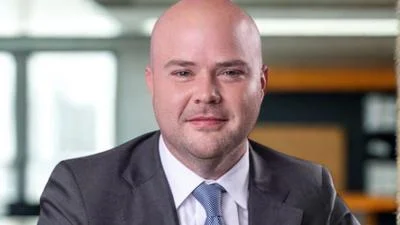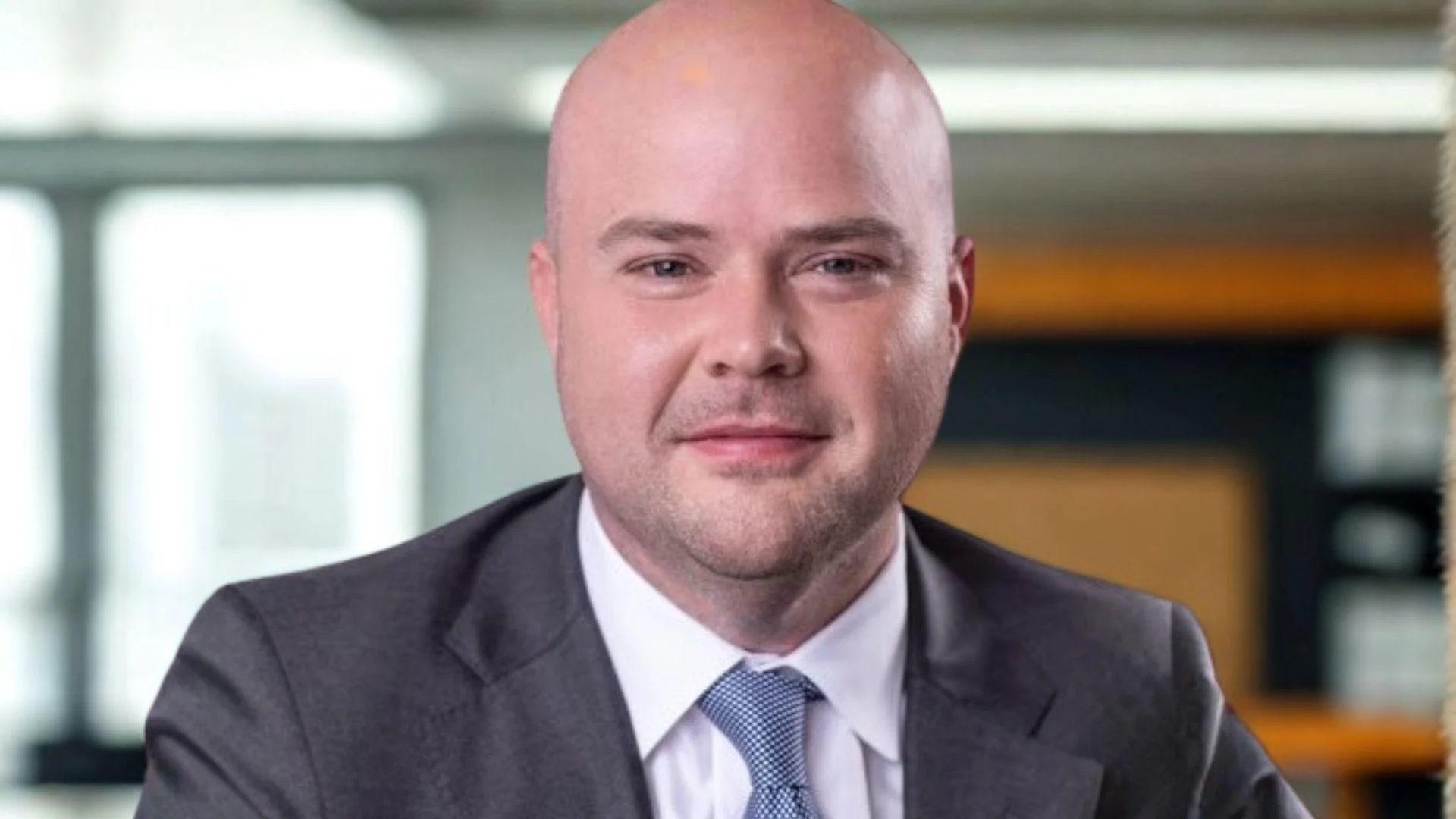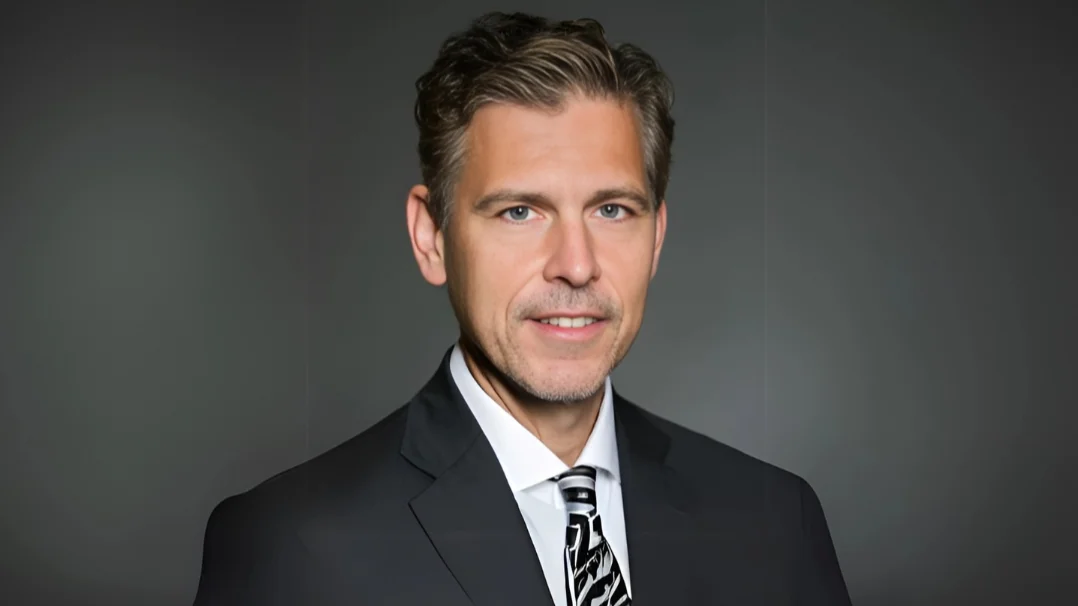National Health Expenditures (NHE) spending was up 5 percent in 2014 and most recently, health spending was up 7.5 percent in the first quarter of 2015, according to estimates by the Altarum Center for Sustainable Health Spending.
At the same time, the gross domestic product (GDP) and NHE shared similar post-recession growth rates. For instance, the GDP was up 3.9 percent in 2014 with health spending at GDP + 1.1; during this year’s first quarter the GDP was up 3.7 percent and health spending was at GDP +3.8, according to the center.
Nevertheless, “we think that health spending will fall back below 6 percent growth in the final quarters of 2015 and, if economy-wide inflation remains low, should retreat below 5 percent as we enter 2016,” said Charles Roehrig, director of the center, during a session of the Robert Wood Johnson Foundation-funded sustainable health spending symposium held in Washington, D.C.
This retreat is indicative of a record low growth trend in NHE spending that began in 2009 when the recession ended and continued through 2013. Roehrig said the trend is largely due to lower economy-wide price inflation and other temporary, non-recession-related factors.
NHE “spending growth slowed from 6.5 percent pre-recession in 2005-2007 to 3.9 percent post-recession (2009-2013) – a decline of 2.6 percentage points,” Roehrig said. “Lower economy-wide inflation explains most of this decline.”
Additionally, the slowdown in NHE spending to some extent represents a lasting bend in the cost curve, he said.
Roehrig explained that from 1980 to 2007 – and spanning three U.S. recessions – “the marginal propensity to spend on health was about 25 percent.” Holding that margin to spend at that rate results “in a downward sloping excess growth curve, falling from 4 percent in 1981 to 1.3 percent in 2007,” he said.
“Despite the slowdown,” Roehrig said, “the severity of the [most recent] recession has moved us well above the 1980-2007 path. Starting in 2013, we need 10 years of GDP +0 growth to get back to this path.”
But that’s highly unlikely, Roehrig said, “particularly since we will almost certainly experience another recession during this time period.”
The Congressional Budget Office likewise projects that the U.S. will get back to full employment in 2017 and “by that time,” Roehrig said, “most of the effects of expanded coverage will have been realized.”
So from 2017 forward, what path will NHE spending follow?
“Suppose we return to spending 25 percent of the growth in real per capita income on health from 2017 forward,” he said. “The CBO projects that real per capita income will grow at about 1.2 percent a year, which is much slower than the 2 percent growth experienced between 1980 and 2007.”
The result, he said, is that the U.S. will be on a path of GDP +0.5, falling to GDP +0.4 by 2035.
“It will require the per beneficiary cost trends for Medicare, Medicaid, and commercial insurers to be about GDP +0 due to the aging of the population,” Roehrig said.
In determining if GDP +0.5 is a sustainable path for NHE during 2017-2035, Roehrig turned to his “triangle of painful choices,” which he said explores the rate of excess growth in NHE beginning in 2017 that would be consistent with a balanced budget in 2035, along with some other assumptions.
Overall, with most of the nation’s other non-health spending being on social programs that impact non-clinical determinants of health, he said the triangle illustrates “the trade off between controlling the rate of increase in – mostly -- clinical care (NHE), and having resources available to invest in non-clinical determinants of health.”
To view Roehrig’s presentation, go online to: http://altarum.org/sites/default/files/uploaded-related-files/Roehrig%20Presentation.pdf.









 Alerts Sign-up
Alerts Sign-up